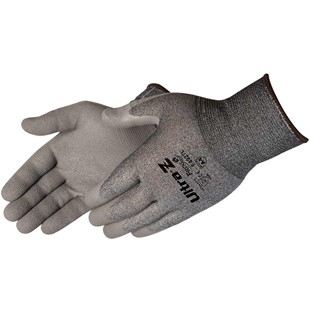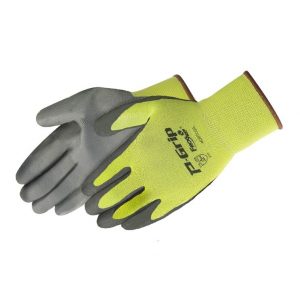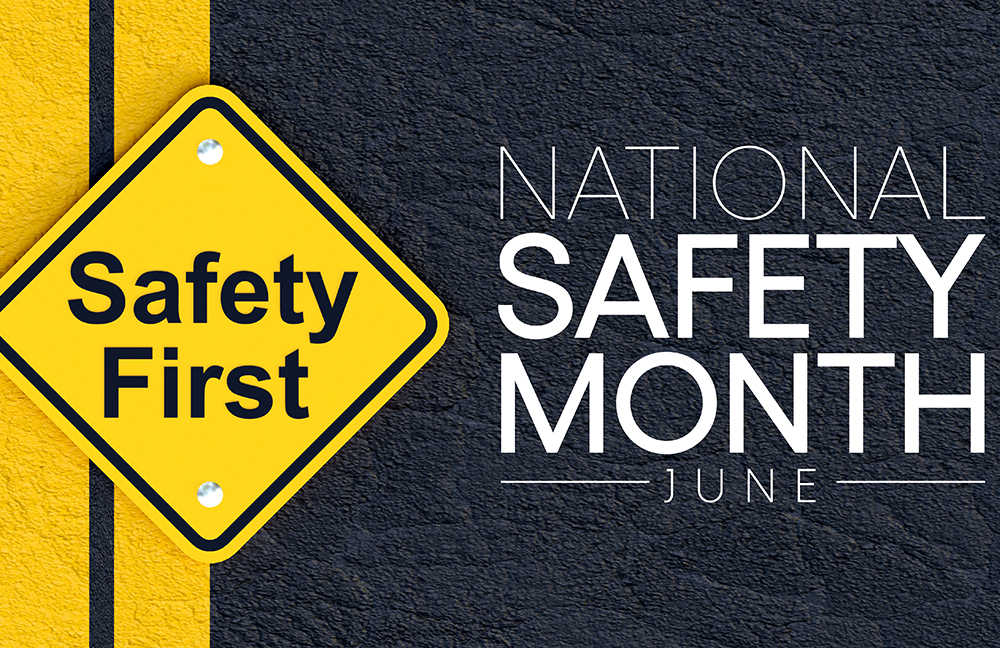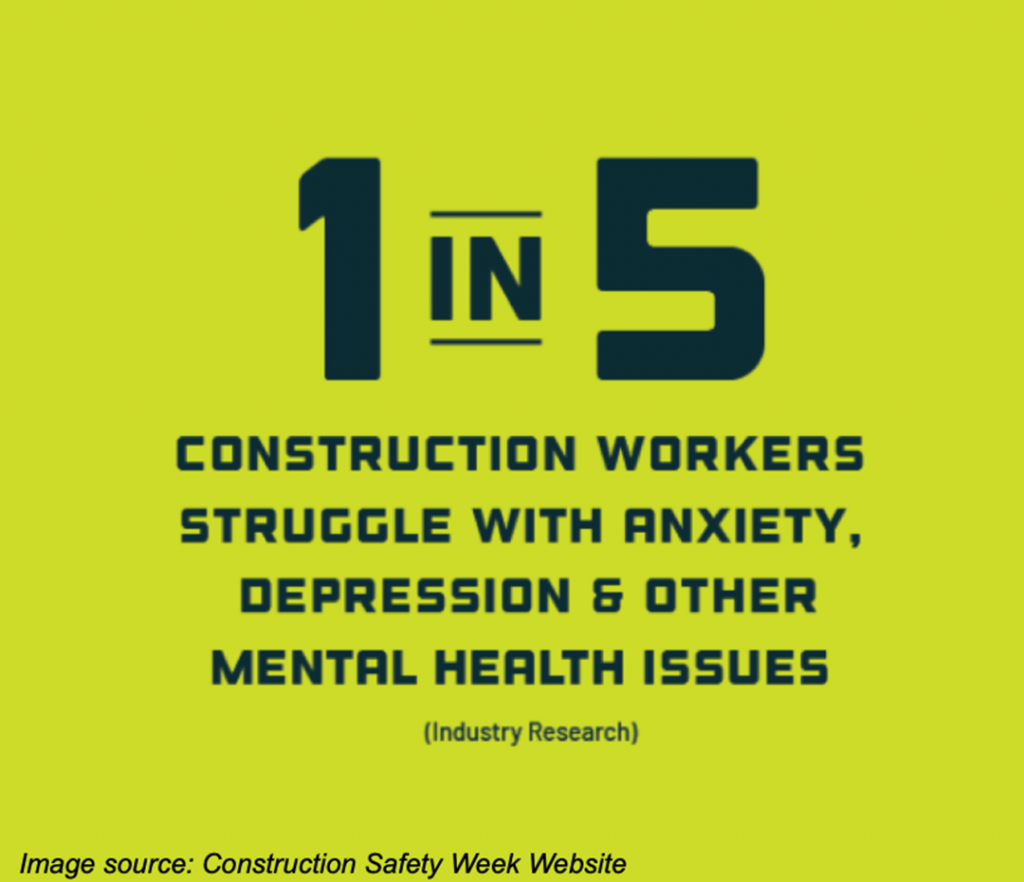
From sweaty hands to a lousy grip, there are as many excuses for taking work gloves off as there are for putting them on. But workers who take their gloves off at the job site put their hands at a much higher risk for injuries like lacerations or punctures.
Still, many workers need to remove their gloves to access touchscreen devices to communicate or operate productivity apps in use by many industrial facilities. Luckily, it does not have to be an either/or situation. Instead, you can reduce the risks of hand injuries to your workers by offering touchscreen safety gloves they’ll keep on.
Knowing what gloves work with the type of on-the-job swipe technologies your facility uses is key. To make it easier, we’ve highlighted the features you should look for in a touchscreen glove to find the ideal protection for your team.
Meet Your Team’s Needs with Connection and Functionality
For touchscreen gloves to meet your work demands, it is essential to consider the equipment in use and the risks your crew faces every day. These potential dangers should guide the style, material, cut rating, and coating you require.
Pick the Ideal Material
The many material options available may make the selection process difficult for you. Especially if you are in the market for a multipurpose touchscreen work glove. For most applications, the materials used in touchscreen gloves should be at the very least:
- Conductive – You will often see conductive materials used on the finger and thumb tips.
- Durable – Look for reinforced stitching and coated palm and fingers for longer-lasting gloves.
- Washable – Most touchscreen gloves are industrial launderable.
- Reusable – Different shell gauge gloves are available so they can be reused in specific applications.
Select Your Required Features
Some gloves come with application and screen-specific features like:
- Cut resistance – Required for heavy-duty environments with cut hazards
- Coating type – Some coatings (think nitrile or polyurethane) offer different types of protection
- Waterproof – The construction of the glove shell as well as the coating on the material, can be waterproof or water-resistant
- Non-slip – A tacky-type coating on the palm keeps your grip firm
- Tailored sizing– Dexterity for a precise touch is needed for pressure-sensitive screens
- Thermal protection – Insulation with conductive ability keeps hands warmer
Ensure a Great Fit
Sizing and fit will determine how comfortable the glove will be and ensure your workers keep them on. Depending on the job task, you want a glove that offers maximum protection with enough flexibility and dexterity for unrestricted movement.
The breathability, shell gauge, and overall construction of the glove are critical to its comfort. As part of that, compare seam options and consider the following:
- Outside seams may wear out quickly or get caught on machines
- Internal seams may irritate your skin
- Seamless designs hold up and offer overall comfort
Choose From Two Popular Styles
According to Engineering Technologies, industries are becoming more data-driven and touchscreen devices are increasingly integrated within manufacturing facilities. That means touchscreen gloves are becoming an essential PPE item.
To meet that demand, we suggest two touchscreen gloves that are very popular with our customers, all of whom come from various industries. Both gloves meet the typical requirements for multipurpose environments and offer a lot of versatility.
Ultra-Z™ Proprietary Foam Coated: These touchscreen gloves are a tremendous multipurpose glove to have on stand-by when cut and abrasion protection are needed. They have an ANSI Cut A4 rating with a level 4 resistance to abrasion. Additionally, the proprietary foam palm coating allows for an excellent grip and unmatched dexterity in oily conditions. And, of course, the coating is silicone and DMF free with an 18 gauge seamless knit shell makes these gloves extremely comfortable.
P-Grip™ Polyurethane Coated: These ultra-thin touchscreen gloves have a 13 gauge polyester shell for excellent comfort and dexterity. The hi-vis green shell makes them easy to identify and keeps you in compliance where required. In addition, their polyurethane palm coating gives you a fantastic wet and dry grip that ensures proper protection for your hands.
Good Hand Protection Isn’t One-Size Fits All
Undoubtedly, touchscreen gloves are the best way to keep your hands protected while still being in communication with internal devices or the outside world. They enable wearers to easily access screens without having to remove their gloves.
And more importantly, by not removing their gloves, the risk of forgetting to put their gloves back on is eliminated.
If you’d like to try one of our touchscreen gloves for yourself, contact us to request a sample today.








